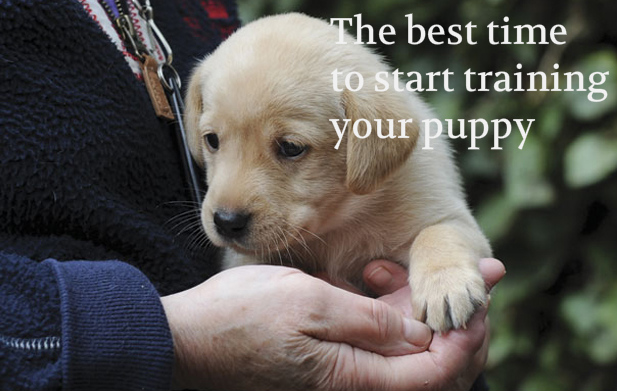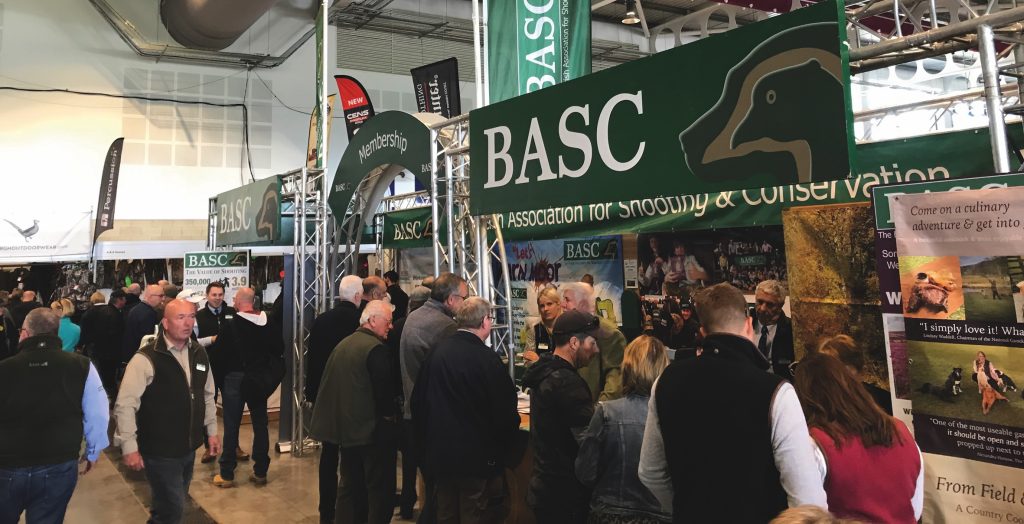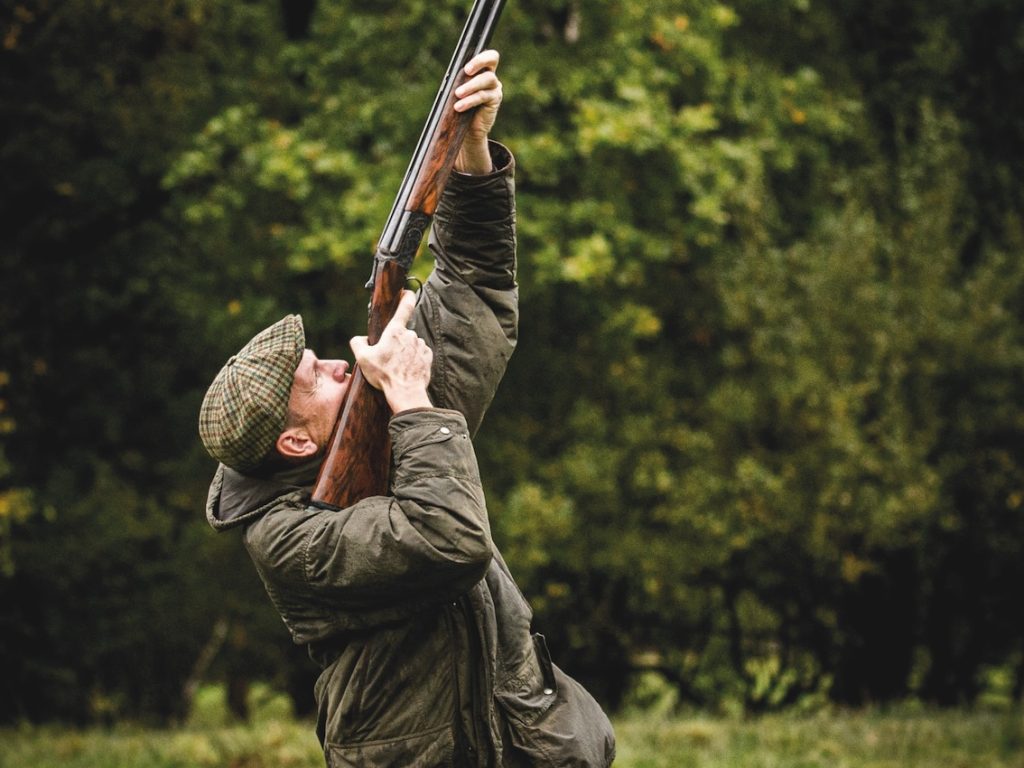Win CENS ProFlex DX5 earplugs worth £1,149 – enter here
An insider’s guide to training gundog puppies
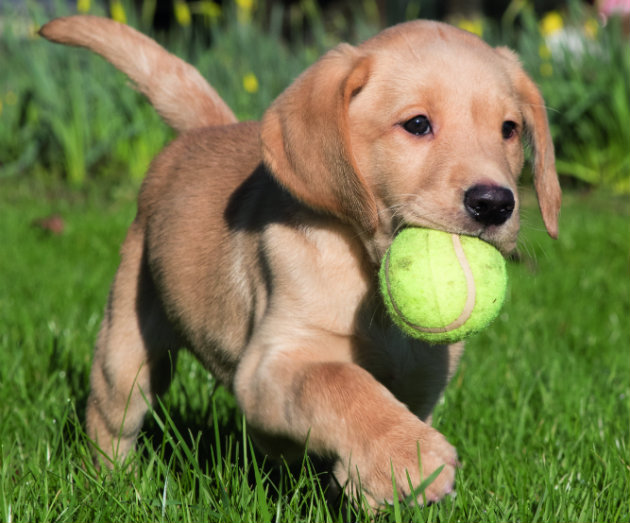
It’s going to be a busy summer at the Twistmount Kennels as I have a few youngsters that are ready to start their more formal training. I have two home-bred young springer spaniels that are showing real potential, a little liver-and-white bitch called Dolly and a black-and-white dog called Logan. Both are just under six months old and you will be able to follow their progress over the coming months. I also have an eight-week-old fox-red Labrador puppy called Remy and I have high hopes for him, especially more formal training, as he is the first yellow Labrador I have ever had in the kennels (I normally go for black).
The older dogs won’t be resting on their laurels, though, and they will be going through some refresher training to get them ready for next season.
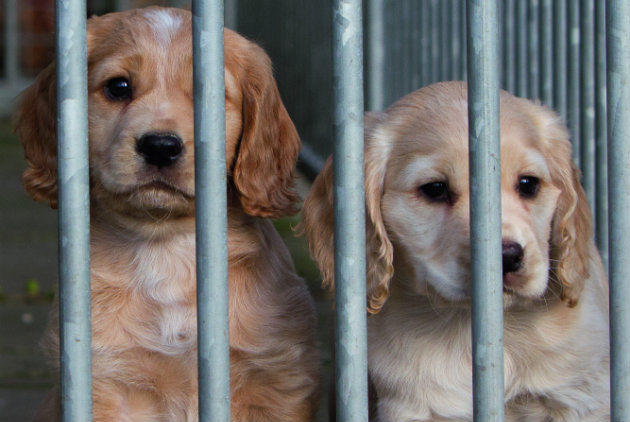
Where you house your puppy will affect how you train it
Kennelling. Indoors or outdoors?
Once you have made the big decision and you have selected the breed, sex and colour of your new gundog, it will soon be time to collect the puppy. However, one choice that should have been given much consideration is whether you are going to have the puppy indoors with you or kennelled.
There are plenty of pros and cons for either regime, but it will depend on your
lifestyle and the facilities you have available. Not everyone has room for a kennel in their back garden and not everyone has the space for a dog in their house.
There has already been plenty written on the subject, and I am not going to dwell on the topic for long, but the chances are that for the first few weeks at least your new puppy will need to be indoors. I would strongly advise you to use a crate.
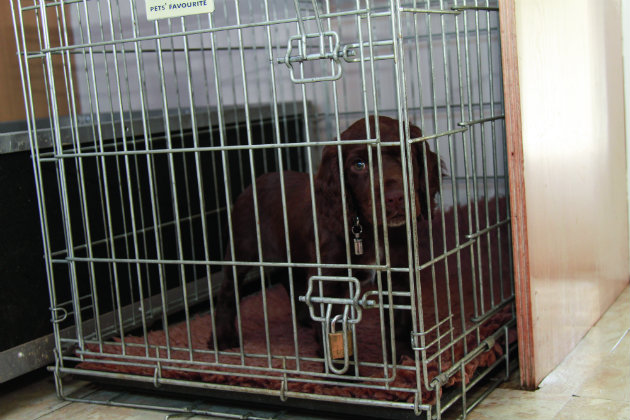
If your new puppy will be living indoors, it is advisable to get a crate for him
Wherever you decide to house your puppy will inevitably have an effect on your training programme. But I do think that it is perfectly possible to have a well-trained gundog that lives indoors with you and is part of the family. After all, most gundogs work for only five months of the year — there is no right or wrong in this issue, it is simply a matter of choice.
Creating a bond
Successful gundog training can start right from a very early age, though in truth it is wrong to call it “training” — it should really be called “conditioning”. The most important thing is to create a good bond with your puppy and that comes from spending plenty of one-to-one time with him — you want to become the centre of the puppy’s world.
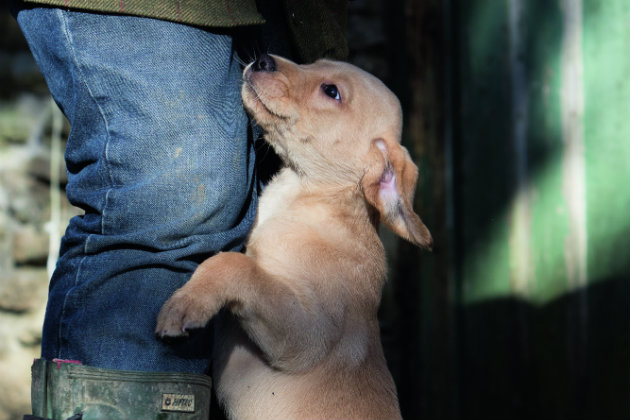
It is important that you form a strong bond with the new puppy by having lots of one-to-one time
I often get asked if it is a good idea to get two puppies from the same litter and, in most circumstances, I advise against it because the puppies will nearly always prefer each other’s company rather than that of their new owner.
Feeding time
Feeding time is the perfect opportunity to start the bonding process. It is a good idea for just one person to do the feeding (especially in a family environment). Rather than just putting the bowl straight down on the floor, hold it at waist height (left). Initially, the puppy might jump up, but be patient and eventually the dog will sit. When it does so, immediately put the food bowl down. It won’t take long for the puppy to realise that, when it sits, it gets the food — you have already started the process of getting your dog to sit without putting any physical pressure on the dog.
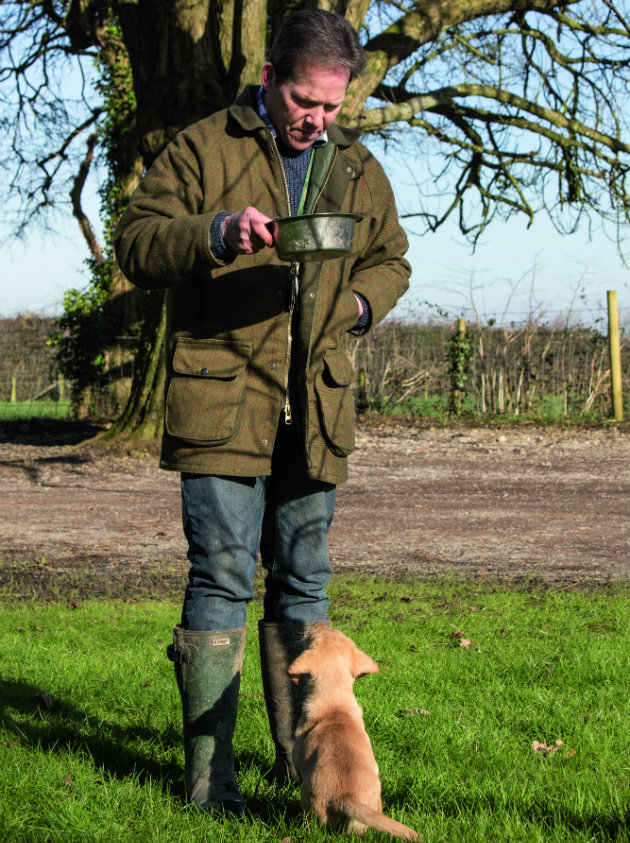
Feeding time is the perfect opportunity to start the bonding process
A retrieving attitude
If you have done your homework you will have chosen a puppy from proven working stock. With luck, it will already have plenty of natural ability, but you can start to develop a good retrieving attitude from eight weeks old. Use either a tennis ball or a small puppy dummy.
I like to use a ball because when it rolls on the ground it leaves a scent trail, which encourages the little dog to use its nose. You can roll the ball out in front of the dog when it is running around, but I prefer to hold on to the puppy and then throw the ball. It is more likely to see the retrieve and get very excited about running out to pick it up.
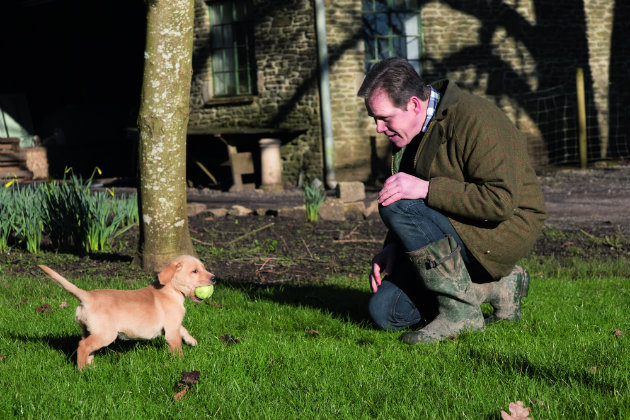
When your puppy returns the ball, give lots of praise but do not be in too much of a hurry to take the ball
At this stage, you are not steadying the puppy, so as soon as the ball hits the ground let the dog go, and once it picks up the ball give lots of encouragement. The chances are the puppy will simply want to get back to you and will come running to the sound of your voice without thinking too much about the ball.
Do not be in a hurry to take the retrieve away from the puppy — give it lots of praise and then take the ball. It is likely that the puppy’s desire to get back to you will over-ride the desire for it to run off with the ball, but do not overdo this. Remember the puppy is still young. Once or twice is quite enough and do not throw the ball too far.
Try to use either an area of lawn or at least flat grass so that the puppy can see the ball. You need to make things very easy during this stage of his training.
Encouraging the hunting instinct when training gundog puppies
With my young spaniels, I take a slightly different approach to their early training especially when they reach the age of around four to six months. Once I have established that they will retrieve, I then stop throwing any more dummies or balls for them and start to concentrate on developing their hunting instincts and getting their noses down on the ground. There are a couple of ways you can do this.
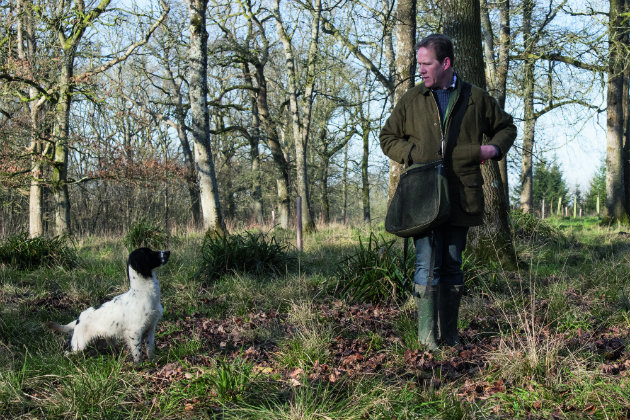
Once your dog is around four to six months old, you can start trying to develop the hunting instinct
Finding exciting things
The first way is to walk up with the dog running around in front of you and, when the dog is not looking, drop a ball in some very light rough grass. Encourage the puppy back to that point and it should find the ball and bring it back to you. The aim of this exercise is to condition the puppy to believe that if it stays close to you, it will find exciting things; in this case a ball, later on a pheasant or rabbit.
One problem that can occur with this method is that a canny dog will start to watch your hand and can dry up and will not move away from you. It may even start trying to jump up to grab the ball.
Learning to hunt
I prefer to leave the dog in the vehicle and go out to hide a few balls for it to find. I take particular care to lay grass or leaves over the balls so that the dog has to work to get them out — this encourages it to use its nose rather than its eyes.
Walk the dog up to the area and let it work things out for itself. If it is having a bit of trouble finding any of the balls just encourage it in the right direction and give it lots of praise when it finds one.
For the puppy, this is one big game but it is learning a vital lesson — that by using its nose and hunting close it will get rewarded with a find. Once again, you are not putting any pressure on the young dog, because these early exercises should be fun and positive. Another advantage of using this method is that the dog does not start to associate you with a retrieve and this will pay dividends when you move on to more complex exercises.
About Neil Varney
Neil Varney is a recognised Kennel Club judge for spaniels and retrievers, and is the host and spaniel trainer for both the Wiltshire and Dorset gundog clubs. He runs his own training group, Twistmount Gundogs in Redlynch, Somerset, and travels the country, giving demonstrations and holding training sessions.
Related Articles
Get the latest news delivered direct to your door
Subscribe to Shooting Times & Country
Discover the ultimate companion for field sports enthusiasts with Shooting Times & Country Magazine, the UK’s leading weekly publication that has been at the forefront of shooting culture since 1882. Subscribers gain access to expert tips, comprehensive gear reviews, seasonal advice and a vibrant community of like-minded shooters.
Save on shop price when you subscribe with weekly issues featuring in-depth articles on gundog training, exclusive member offers and access to the digital back issue library. A Shooting Times & Country subscription is more than a magazine, don’t just read about the countryside; immerse yourself in its most authoritative and engaging publication.






